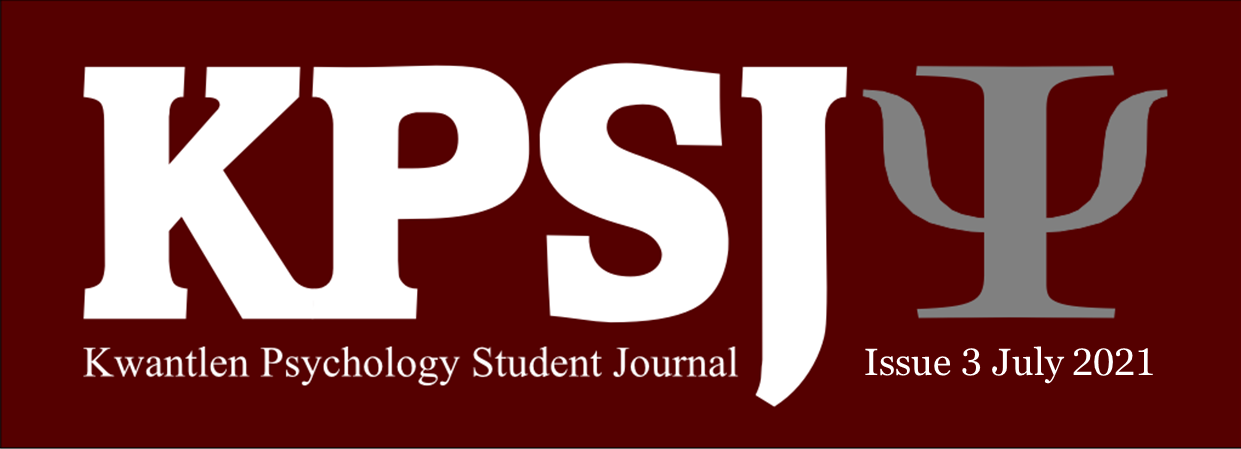The Effectiveness of 3-D Compared to 2-D Signage on Recycling Behaviour
Keywords:
recycling, signage, sorting task, 3-D vs 2-D signageAbstract
Using 3-D objects as examples, rather than 2-D icons on signs, to help people learn recycling categories has shown mixed results in observational studies, so an online experimental study was conducted to attempt to clarify the findings. The main hypothesis was that participants would perform faster and more accurately if they learned the recycling categories through images of 3-D objects rather than by 2-D icons. Furthermore, several exploratory hypotheses were suggested: Participants given both types of signage—3-D + 2-D—would perform better than the 3-D and 2-D conditions on their own, and subjective workload and user engagement would predict differences in performance between conditions. An ANOVA found no differences between any of the three conditions in terms of accuracy of sorting performance, subjective workload, or user engagement. However, the 3-D + 2-D condition demonstrated a significant, small-to-medium sized increase in sorting speed when compared to the other two conditions, suggesting that combined 3-D + 2-D signage speeds up decision making without negatively impacting accuracy. One possible explanation is that redundancy of information in the combined condition reduced uncertainty and led to increased speed. However, replication of this result is required because of some limitations inherent to the current study.




